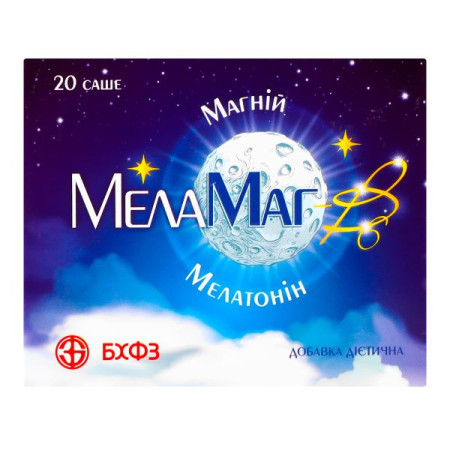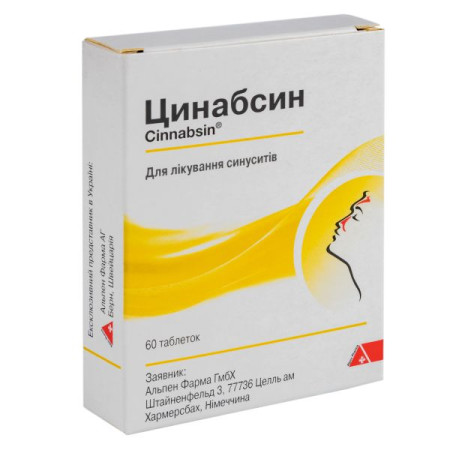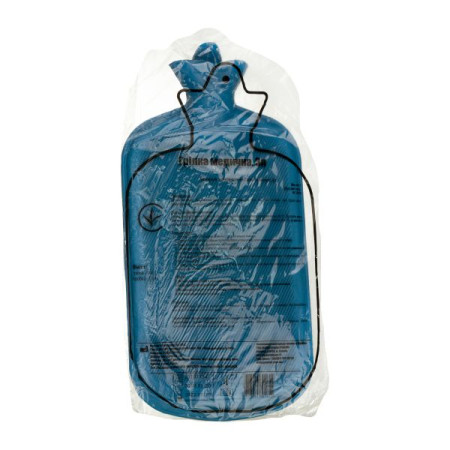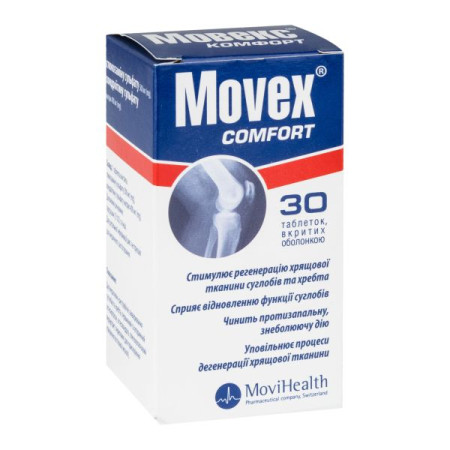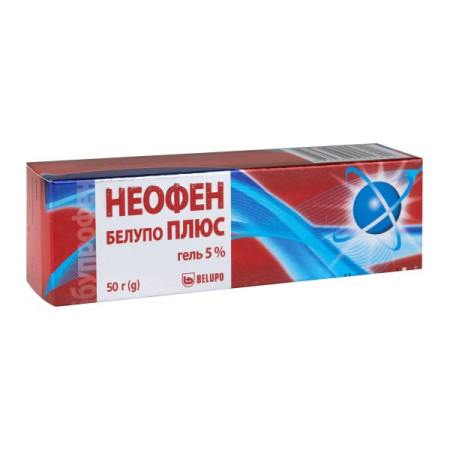Acyclovir 200 Stada tablets 200 mg blister No. 25

Instructions Acyclovir 200 Stada tablets 200 mg blister No. 25
Warehouse
active ingredient: acyclovir;
1 tablet contains acyclovir 200 mg;
Excipients: microcrystalline cellulose, colloidal anhydrous silica, sodium starch glycolate (type A), copovidone, magnesium stearate.
Dosage form
Pills.
Main physicochemical properties: white, round, biconvex tablets imprinted with "VS 1".
Pharmacotherapeutic group
Antiviral agents for systemic use.
ATX code J05A B01.
Pharmacological properties
Pharmacodynamics.
Acyclovir is a synthetic purine nucleoside analogue with in vivo and in vitro inhibitory activity against human herpesviruses, including herpes simplex virus types I and II, varicella-zoster virus, Epstein-Barr virus, and cytomegalovirus. In cell culture, acyclovir exhibits the greatest activity against herpes simplex virus type I and then, in decreasing order of activity, against herpes simplex virus type II, varicella-zoster virus, Epstein-Barr virus, and cytomegalovirus.
The inhibitory activity of acyclovir against the above viruses is highly selective. The enzyme thymidine kinase in a normal uninfected cell does not use acyclovir as a substrate, so the toxic effect on host cells is minimal. However, thymidine kinase, encoded by herpes simplex viruses, varicella viruses, herpes zoster viruses and Epstein-Barr viruses, converts acyclovir to acyclovir monophosphate - a nucleoside analogue, which is then converted sequentially to diphosphate and triphosphate by cellular enzymes. Following incorporation into viral DNA, acyclovir triphosphate interacts with viral DNA polymerase, resulting in the termination of viral DNA chain synthesis.
With prolonged or repeated courses of treatment of severely immunocompromised patients, a decrease in the sensitivity of individual strains of the virus is possible, which do not always respond to treatment with acyclovir. It has been found that most cases of insensitivity are associated with a deficiency of viral thymidine kinase, but there are reports of damage to viral thymidine kinase and DNA. In vitro interaction of individual herpes simplex viruses with acyclovir can also lead to the formation of less sensitive strains. The relationship between the sensitivity of individual herpes simplex viruses in vitro and the clinical results of treatment with acyclovir is not fully understood.
Pharmacokinetics.
Acyclovir is only partially absorbed from the gut. The mean peak steady-state plasma concentration (Cssmax) after a 200 mg dose administered 4 hours apart is 3.1 μmol (0.7 μg/ml) and the corresponding plasma level (Cssmin) is 1.8 μmol (0.4 μg/ml). The corresponding Cssmax levels after 400 mg and 800 mg doses administered 4 hours apart are 5.3 μmol (1.2 μg/ml) and 8 μmol (1.8 μg/ml) and the equivalent Cssmin levels are 2.7 μmol (0.6 μg/ml) and 4 μmol (0.9 μg/ml).
In adults, the terminal half-life of intravenous acyclovir is approximately 2.9 hours. The majority of the drug is excreted unchanged by the kidneys. Renal clearance of acyclovir is significantly higher than creatinine clearance, indicating that renal elimination of the drug is by tubular secretion as well as glomerular filtration.
9-Carboxymethoxymethylguanine is the only major metabolite of acyclovir that can be detected in the urine and accounts for approximately 10-15% of the administered dose. When acyclovir is administered 1 hour after 1 g of probenecid, the terminal half-life and area under the concentration-time curve increase by 18% and 40%, respectively.
In patients with chronic renal failure, the mean terminal half-life is 19.5 hours. The mean half-life of acyclovir during hemodialysis is 5.7 hours. The plasma level of acyclovir is reduced by approximately 60% during dialysis.
The concentration of the drug in the cerebrospinal fluid is approximately 50% of the corresponding concentration in the blood plasma. The level of binding to plasma proteins is relatively low (from 9 to 33%), and it does not change when interacting with other drugs.
When acyclovir and zidovudine were used simultaneously for the treatment of HIV-infected patients, no changes in the pharmacokinetics of these drugs were detected.
Indication
- Treatment of viral infections of the skin and mucous membranes caused by the herpes simplex virus, including primary and recurrent genital herpes.
- Suppression (prevention of recurrence) of infections caused by the herpes simplex virus in patients with normal immunity.
- Prevention of infections caused by the herpes simplex virus in immunocompromised patients.
- Treatment of infections caused by the Varicella zoster virus (chickenpox and shingles).
Contraindication
Hypersensitivity to acyclovir, valacyclovir or any other component of the drug.
Interaction with other medicinal products and other types of interactions
Acyclovir is excreted mainly unchanged by the kidneys by tubular secretion, so any drugs that have a similar mechanism of excretion can increase the concentration of acyclovir in the blood plasma. Probenecid and cimetidine prolong the half-life of acyclovir and the area under the "concentration/time" curve. When used simultaneously with immunosuppressants in patients after organ transplantation, the level of acyclovir and the inactive metabolite of the immunosuppressive drug in the blood plasma also increases, but given the wide therapeutic index of acyclovir, dose adjustment is not required.
Application features
Acyclovir is eliminated primarily by renal clearance, and therefore the dose should be reduced in patients with renal impairment (see Dosage and Administration). Elderly patients are also more likely to have impaired renal function, and a dose reduction may be necessary in this patient group. Both these groups (patients with renal impairment and the elderly) are at risk for neurological adverse reactions and should therefore be monitored closely for these reactions. These reactions are generally reversible upon discontinuation of treatment (see Adverse Reactions).
Special attention should be paid to maintaining adequate hydration in patients receiving high doses of acyclovir.
Use during pregnancy or breastfeeding
There has been no increase in the number of birth defects in children whose mothers used acyclovir during pregnancy compared with the general population. However, acyclovir tablets should be used only if the potential benefit to the mother outweighs the potential risk to the fetus.
When 200 mg of acyclovir is administered orally 5 times a day, acyclovir penetrates into breast milk in concentrations that are 0.6-4.1% of the corresponding plasma acyclovir level. Potentially, a child fed this milk can absorb acyclovir at a dose of up to 0.3 mg/kg body weight per day. Therefore, acyclovir should be prescribed to breastfeeding women with caution, taking into account the risk/benefit ratio.
Ability to influence reaction speed when driving vehicles or other mechanisms
When deciding whether to drive or operate machinery, the patient's clinical status and the side-effect profile of the drug should be taken into account. Studies of the effect of acyclovir on the speed of reaction when driving or operating machinery have not been conducted. In addition, the pharmacology of acyclovir does not give reason to expect any negative effects.
Method of administration and doses
The tablet should be taken whole with water. When using high doses of acyclovir, adequate hydration should be maintained.
Adults
Treatment of infections caused by the herpes simplex virus
To treat infections caused by the herpes simplex virus, it is necessary to take acyclovir tablets at a dose of 200 mg 5 times a day at approximately 4-hour intervals, except at night.
Treatment should last 5 days, but in case of severe primary infection it may be extended.
For patients with severe immunodeficiency (e.g. after bone marrow transplantation) or for patients with reduced intestinal absorption, the dose can be doubled to 400 mg or an appropriate dose for intravenous administration can be used.
Treatment should be started as early as possible after the onset of infection. In the case of recurrent herpes, it is best to start treatment in the prodromal period or after the first signs of skin lesions appear.
Prevention of recurrence (suppressive therapy) of infections caused by the herpes simplex virus
In patients with normal immunity, to prevent recurrence of infections caused by the herpes simplex virus, tablets at a dose of 200 mg should be taken 4 times a day with a 6-hour interval.
For convenience, most patients can take 400 mg of acyclovir 2 times a day, 12 hours apart.
Treatment will be effective even after reducing the dose of acyclovir to 200 mg, which should be taken 3 times a day with an 8-hour interval or even 2 times a day with an 12-hour interval.
Some patients experience radical improvement after taking a daily dose of 800 mg of acyclovir.
To monitor possible changes in the natural course of the disease, acyclovir therapy should be interrupted periodically at intervals of 6-12 months.
Prevention of infections caused by the herpes simplex virus
For the prevention of infections caused by the herpes simplex virus, patients with immunodeficiency should take 200 mg tablets 4 times a day at 6-hour intervals. For patients with significant immunodeficiency (e.g., after bone marrow transplantation) or for patients with reduced intestinal absorption, the dose can be doubled to 400 mg or an appropriate dose for intravenous administration can be used.
The duration of prophylaxis depends on the duration of the risk period.
Treatment of chickenpox and herpes zoster
For patients with severe immunodeficiency (e.g., after bone marrow transplantation) or patients with reduced intestinal absorption, intravenous administration is preferable.
Treatment should be started as early as possible after the onset of the disease; the result will be better if treatment is started immediately after the appearance of the rash.
Children
For the treatment and prevention of infections caused by the herpes simplex virus, doses similar to those for adults can be used in immunocompromised children aged 2 years and older.
For the treatment of chickenpox in children aged 6 years and older, 800 mg of acyclovir should be prescribed 4 times a day, while children aged 2 to 6 years can receive 400 mg of acyclovir 4 times a day. The duration of treatment is 5 days.
A more accurate dose of the drug can be calculated based on the child's body weight: 20 mg/kg of body weight per day (not to exceed 800 mg) of acyclovir in 4 divided doses.
This dosage form of the drug should not be used in children under 2 years of age.
Elderly patients
The possibility of impaired renal function in elderly patients should be considered, and the dose should be adjusted accordingly (see Renal Failure). Adequate hydration should be maintained.
Kidney failure
Acyclovir should be administered with caution to patients with renal insufficiency. Adequate hydration should be maintained.
In the prevention and treatment of infections caused by the herpes simplex virus, oral doses that do not lead to accumulation of acyclovir in excess of the safe level established for intravenous administration are recommended for patients with renal insufficiency. However, for patients with severe renal insufficiency (creatinine clearance less than 10 ml/min), a dose of 200 mg 2 times a day with an interval of approximately 12 hours is recommended.
In the treatment of infections caused by the Varicella zoster virus (chickenpox and shingles), for patients with significantly reduced immunity, it is recommended that in severe renal failure (creatinine clearance less than 10 ml/min) a dose of 800 mg be established 2 times a day with an interval of approximately 12 hours, and for patients with moderate renal failure (creatinine clearance within 10-25 ml/min) - 800 mg 3 times a day with an interval of approximately 8 hours.
Children.
Tablets should be used in immunocompromised children aged 2 years and older.
There are no specific data on the use of acyclovir for the prophylaxis (prevention of recurrence) of infections caused by the herpes simplex virus or for the treatment of infections caused by the herpes zoster virus in children with normal immunity.
Overdose
Symptoms.
Acyclovir is only partially absorbed from the gastrointestinal tract. Accidental ingestion of up to 20 g of acyclovir by patients without toxic effects has been reported. Accidental repeated oral overdose of oral acyclovir over several days has resulted in gastrointestinal (such as nausea and vomiting) and neurological symptoms (headache and confusion).
Overdose of intravenous acyclovir increases serum creatinine and blood urea nitrogen, leading to renal failure. Neurological manifestations of overdose may include confusion, hallucinations, agitation, convulsions, and coma.
Treatment
The patient should be carefully examined for signs of intoxication. Since acyclovir is well eliminated from the blood by hemodialysis, the latter should be used in case of overdose.
Adverse reactions
The adverse reactions listed below are classified by system organ class.
From the blood and lymphatic system: anemia, thrombocytopenia, leukopenia.
Immune system disorders: anaphylaxis.
Mental and nervous system disorders: headache, dizziness, agitation, confusion, tremor, ataxia, dysarthria, hallucinations, psychotic symptoms, convulsions, drowsiness, encephalopathy, coma.
The above neurological reactions are generally reversible and usually occur in patients with renal insufficiency or other risk factors (see section "Special warnings and precautions for use").
Respiratory and thoracic disorders: shortness of breath.
On the part of the digestive system: nausea, vomiting, diarrhea, abdominal pain.
From the hepatobiliary system: reversible increase in bilirubin and liver enzymes, jaundice, hepatitis.
Skin and subcutaneous tissue disorders: itching, rash (including photosensitivity), urticaria, accelerated diffuse hair loss (since hair loss can be associated with a large number of diseases and drugs, a clear relationship with acyclovir has not been identified), angioedema.
Kidney and urinary system: increased blood urea and creatinine levels, acute renal failure, kidney pain.
Kidney pain may be associated with renal failure and crystalluria.
General disorders: increased fatigue, fever.
Expiration date
5 years.
Do not use the drug after the expiration date.
Storage conditions
Does not require special storage conditions.
Keep out of reach of children.
Packaging
5 tablets in a blister; 5 blisters in a cardboard box.
Vacation category
According to the recipe.
Producer
STADA Arcnaymittel AG.
Location of the manufacturer and its business address
Stadtstrasse 2-18, 61118 Bad Vilbel, Germany.
There are no reviews for this product.
There are no reviews for this product, be the first to leave your review.
No questions about this product, be the first and ask your question.










